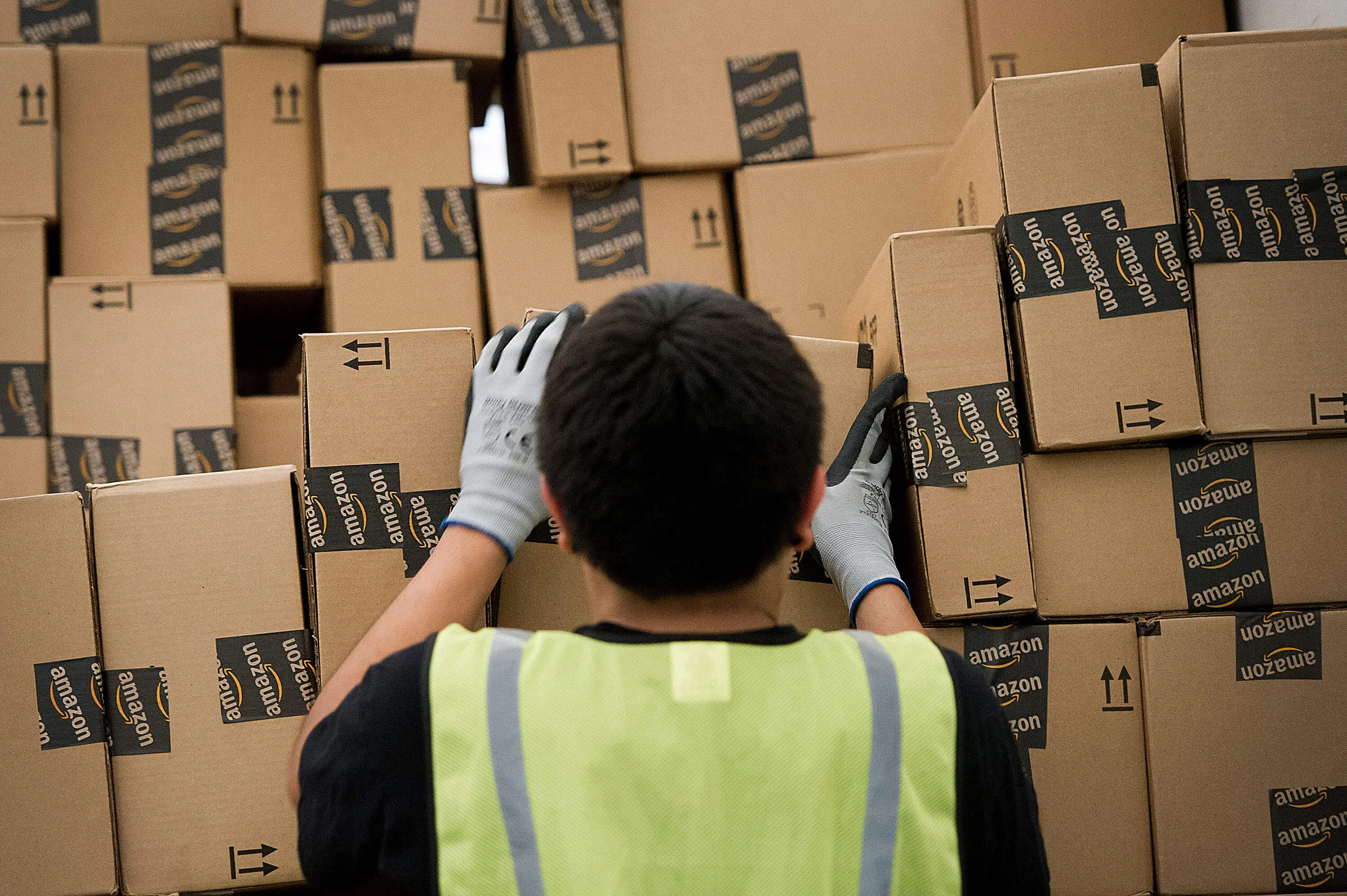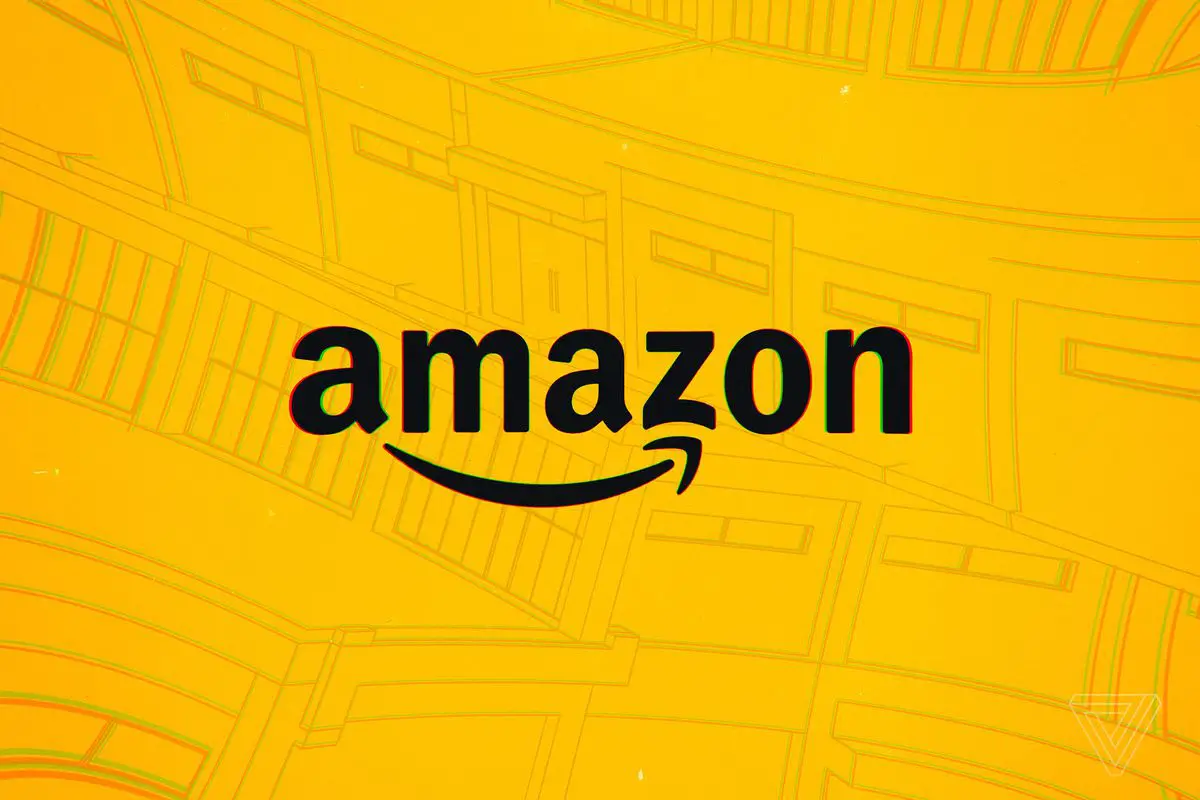How the Advent of E-commerce Affected Traditional Retail Sector

Introductory note
The invention of the internet was a one of the most significant revolutions in the history of humankind as it changed the world (as we saw it) completely. It gave birth to thousands of new things which never seemed possible and continues to do so even today. However, no other internet-based development comes close to e-commerce or online shopping.
E-commerce changed the way a consumer buys anything. From groceries to refrigerators to store them, from smartphones to books, laptops to greeting cards. Almost all that you can possibly need or want is just a few clicks away. That’s how cool it is! Long gone are the days when you exhausted yourself finding that perfect blouse for a wedding or the matching furniture for you new home.
Nonetheless, there are a lot of controversies and questions revolving around e-commerce. It has accused for a very long time for being a threat to traditional markets, leading to several protests against it, some even turning violent.
So how exactly does it affect traditional businesses? What exactly happens brick and mortar stores? Let’s find out.
Advent and Growth of E-commerce
The e-commerce, as we know today, was first triggered a man started a company called Cadabra, in July 1994. That man was Jeff Bezos, and that company is now called Amazon. Soon, in 1995, Ebay joined in. These two companies revolutionised internet based commercial transactions, and the rest is history.
Initially, Amazon was an online book selling platform and eBay was a mere hobby. Eventually, they grew, and grew big time. However, the first big step came when the portals allowed third party sellers to list their product on the website, which generated huge amount of traffic.
The best thing that could happen to e-commerce was the internet facility being made available on mobile phones, which gradually became “smartphones”. As mobile internet processing progressed, so did e-commerce. Currently the global E-commerce sector is worth over a mindboggling $22.1 trillion with a growth rate of more than 20%. With improvement in internet networks and cheaper data, underserved markets like India are booming like never before.
Over the years, e-commerce has become an integral and opportunistic part for almost all businesses. Newer verticals are being added to sector almost everyday. Uber and Ola (India) are the best examples how E-commerce changed passenger transport systems. Zomato changed food delivery, and Netflix changed the entertainment scene. This proves, without a shadow of doubt, that E-commerce made a general consumer’s life more easy, providing thousands of options with almost absolutely no effort.
Capturing bigger markets like China, Europe and India
As the accessibility to the internet grew, e-commerce expanded in markets quickly, and within the past decade, it has spread across Europe, China, India, the Middle East, Africa and Australia. Jack Ma created Alibaba, the Bansal duo founded Flipkart (now owned by Walmart), and Amazon kept expanding across all these markets.
China is now the biggest e-commerce market, with a share of 15% and a total online sales value of over $672 million, which is almost double of the US. Indian e-commerce is expanding rapidly with all the big names like Amazon, eBay, Zomato, Uber, and lately, Netflix, competing to get a share in the world’s fastest growing economy. Add to that, a hundred of domestic players, and you have a complete war at hand, but consumers are loving it. And with the total internet users at below 30%, there’s an extremely bright future for online companies.
Europe is another major contributor to the global e-commerce industry success. As per estimates, the e-commerce industry grew up to over €700 billion in 2018. So, one thing is pretty clear, e-commerce is here to stay, and will surely keep growing.
Impact on traditional retailers
So, this brings us to a controversial question. Is e-commerce killing traditional businesses? Is e-commerce retailer’s worst nightmare? Well, yes and no.
Yes, because it’s simple math. E-commerce is definitely eating up the retail pie and players across the globe have felt this. Just a day ago, Kansas based Payless Inc. Announced plans to file bankruptcy protection for the second time in two years, and has announced complete shutdown of business in the US. It had over 2,100 stores across the country.
It was a pretty big retailer, once claiming to be the biggest in the Western Hemisphere, and it got ruined by the internet-based shopping. The worrying part is that Payless is not the only to do so. Many other established names like Toys “R” Us, Gymboree, RadioShack and many more announced shutdowns in the past one year. Same has been the case with many retailers in India and Europe. The problem is not just that online shopping gives consumers hassle free experience and numerous options, it’s also the pricing that matters.
E-commerce giant, riding on sky high sales figures, are able to crack exclusive deals with manufacturers, and in turn offer discounts which traditional businesses could never afford. Cheap prices, variety of options, and less effort was never a traditional thing. Estimates have shown that with the advent of E-commerce in India, retail business is down by almost 30% which is huge. The worst hit businesses are bookstores, consumer electronics, and apparels. Traders have been vocal about their problems, but have found almost no compensation. This is the harsh ground reality, and no one can deny it.
However, there have been some retailers who truly believed in the saying “change is the only constant.” Nokia failed in the late 2000s because it was adamant to adopt change, which was Android, and on the contrary, Samsung accepted it with open arms. Not much needs to be said what about what followed. It’s the same situation in the retail markets. Some retailers who accepted E-commerce to be the next big thing, accepted it and went online.
They tied up with big players and began selling online. Many local bookstores started their own website or started selling on Amazon and eBay, or even Flipkart. Blockbuster, a leading retailer of video rental services enjoyed success for many years, only to be challenged when Netflix, the new internet based e-commerce kid on the block, started eating up its share and a whole lot of it. This forced the company to redesign its business structure and start offering online services as well to stay relevant in the market. In India, advent of Ola and Uber started posing serious threats to local cabbies and auto-rickshaws. Some of these localites kept fighting, while many of the auto-rickshaw drivers registered themselves on Ola, thus, joining the online game.
So, it can be said that e-commerce has certainly killed several business and any serious solution to it seems at a distant far. In countries like India, where internet user base is still modest, there is still hope for traditional retailers, but life is more difficult in Europe, China and the US.
Impact on employment
Another major area which E-commerce has a serious impact on is employment. Again, it’s simple math. If retail outlets close down, people lose jobs. If Uber offers online can services, local taxi drivers lose business. According to a research published by Researchgate, e-commerce has severely reduced employment opportunities in retail sectors, more than what it can offer.
But there’s another side of the story too. E-commerce has been creating jobs throughout the globe, though not in the retail sector. It’s IT which has gained momentum with digitalisation. In India alone, e-commerce is set to create about 1.5 million jobs by 2022. Customer Service is a business vertical that grew along with online transactions and hence it created great opportunities through the years.
Moreover, access to a humongous customer base has encouraged many capable people to become entrepreneur and start selling goods and services online. People from remote areas reportedly grew their business, which ultimately resulted in them hiring more employees.
Another particular business sector which reaped the most benefits of e-commerce is logistics. As scale of orders multiplied, so did logistics requirements. This compelled e-commerce companies started to setup transportation facilities all over the world, creating large scale employment. Since 2007, digital businesses have created 355,000 jobs in supplementary sectors like logistics in the US, a number far bigger than the 51,000 jobs it ate up in the retail sector.
So, is it good or bad?
That’s a subjective question. It is the worst nightmares for some like traditional retailers, and the best thing in the world for other like those who are engaged in logistics and related businesses. While it killed businesses and ate jobs in retail, it compensated the damage by offering jobs in other sectors.
Like the entire internet revolution, e-commerce, too, created a lot of jobs in the IT sector, which means, that the educated youth have now a potent career option other than being a salesman or a marketing agent. People with micro-management skills have optimum scope to grow in logistics. Moreover, a great platform has been created for young entrepreneurs to step up and be their own boss by taking up the online route. It’s an open market, so it’s high time that retailers, too, join the online game as the future is in E-commerce, no denying that.
With all that is said, there is one major issue which governments across countries must address almost immediately, and that’s unfair trade practices. Major players of e-commerce like Amazon and Flipkart have large scale operations with monster size capital availability. Regulations must be brought in, to prevent these giants from capitalising markets by striking exclusive deals which allow them to sell at 15-20% lower prices than local competitors. The Government of India has taken this step due to the pressure from local traders.




